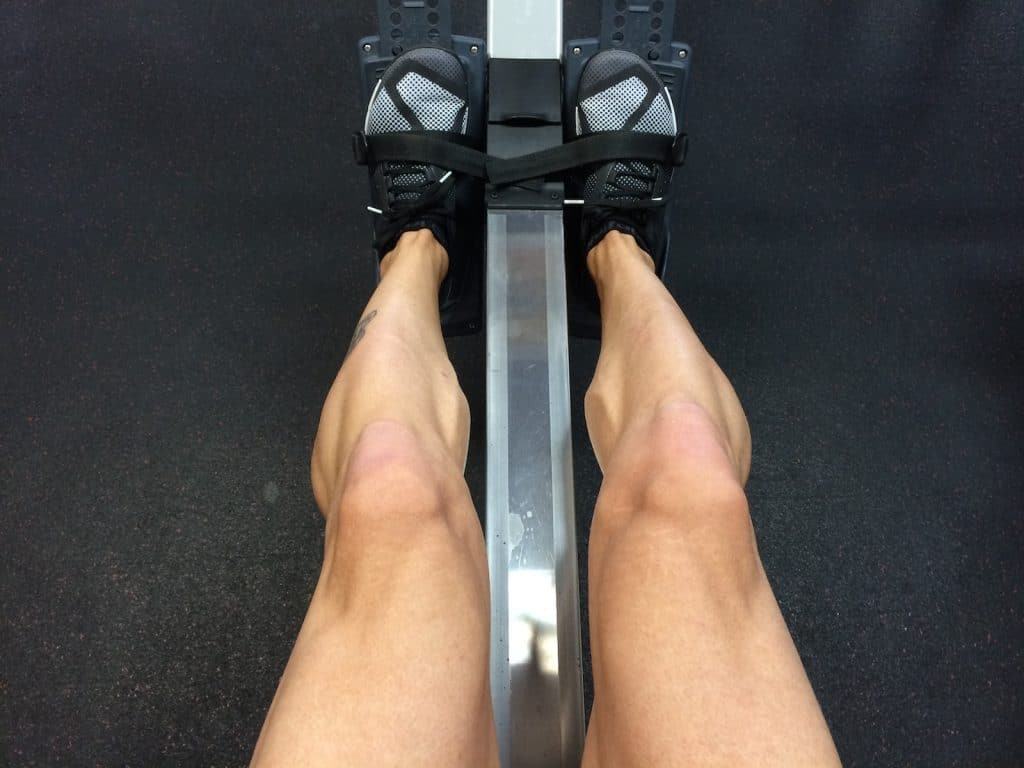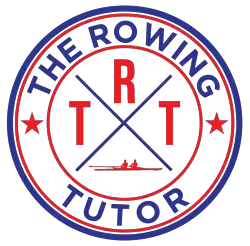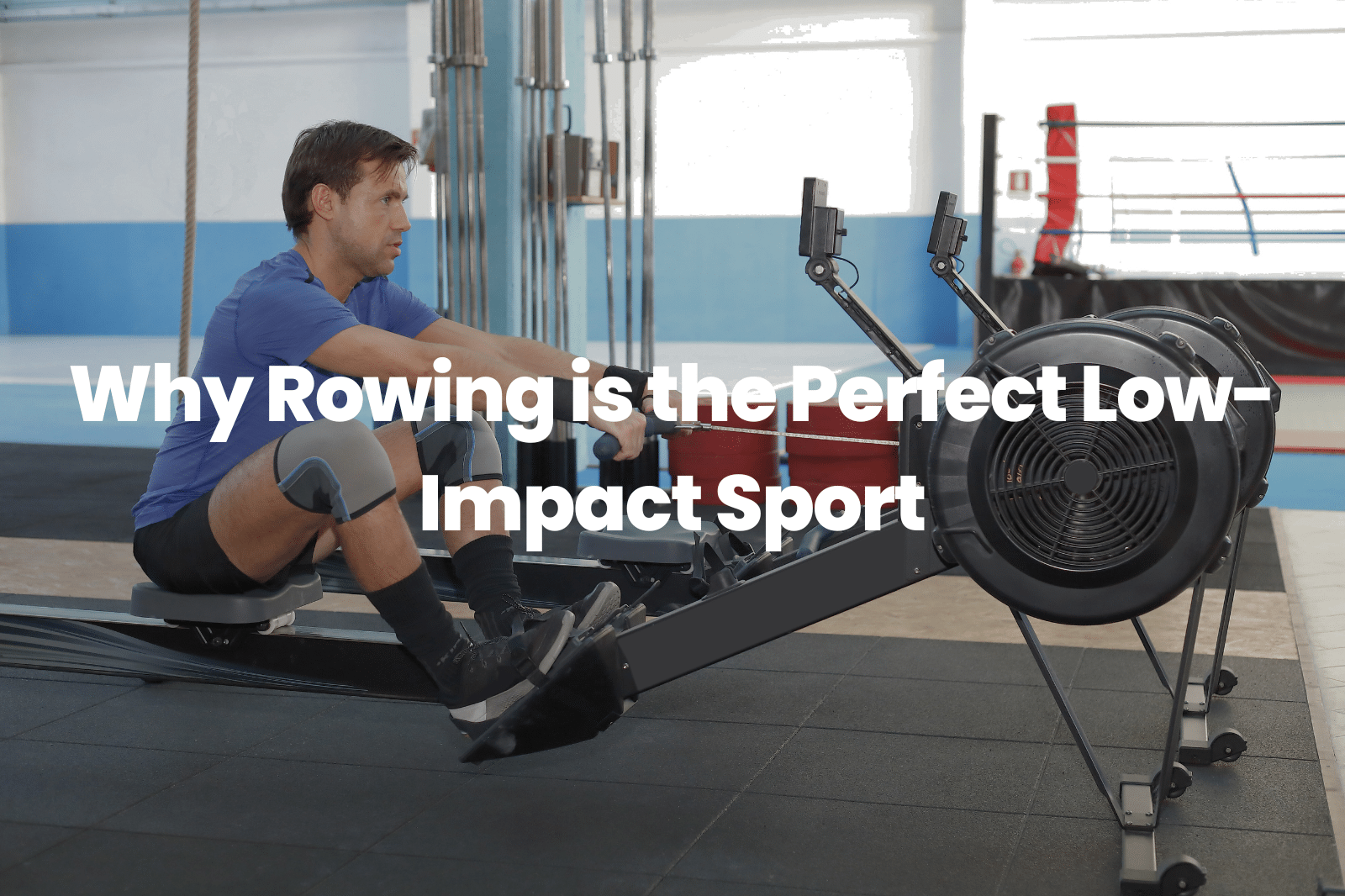Rowing, a sport that has been around for centuries, is increasingly gaining recognition as the perfect low-impact sport for people of all ages. This full-body workout engages nearly every major muscle group in your body, providing an effective cardiovascular exercise while placing minimal stress on your joints. The rhythmic and repetitive nature of rowing not only strengthens and tones the body but also promotes mental wellness by reducing stress and enhancing mindfulness.
The sport’s unique combination of strength training, aerobic conditioning, and low-impact motion makes it an ideal choice for those seeking a comprehensive and gentle fitness regimen. Whether you’re on water or using an indoor rowing machine, this time-tested sport offers a balanced approach to physical fitness that few other activities can match.
Exploring the Benefits of Low-Impact Rowing

Rowing is a comprehensive low-impact sport that offers a multitude of physical and mental health benefits. As a full-body workout, it engages almost all major muscle groups including the legs, arms, back and core, promoting overall body strength and endurance. Unlike high-impact sports that can cause strain on joints and lead to injuries, rowing’s smooth, flowing motion is gentle on the joints, making it an excellent choice for individuals with joint concerns or those recovering from injury. The cardiovascular aspect of rowing also helps to increase heart and lung efficiency, aiding in better oxygen distribution throughout the body, and ultimately improving general fitness levels and boosting energy.
In addition to the physical benefits, rowing also plays a significant role in improving mental well-being. The rhythmic and repetitive nature of the sport induces a meditative state, helping to reduce stress and anxiety. It encourages mindfulness as one focuses on synchronizing their movements with their breath, essentially creating a moving meditation. Furthermore, rowing can foster a sense of achievement and confidence as one sees their strength and stamina improve over time. Whether performing solo or as part of a team, rowing provides a rewarding and holistic approach to health and wellness.
The Ideal Balance of Cardio and Resistance Workouts
Rowing offers an ideal balance of cardio and resistance workouts as it combines the benefits of both in a single, efficient exercise. It is a full-body workout that engages almost all your major muscle groups, providing the resistance training needed for muscle toning and strengthening. At the same time, the sustained rhythmic motion in rowing delivers a robust cardiovascular workout that enhances heart and lung efficiency, similar to running or cycling. This simultaneous engagement of strength and cardio in rowing helps you get the most out of your workout time, making it an excellent choice for those seeking a balanced fitness regime.
In terms of frequency and intensity, the ideal balance may vary based on individual fitness goals and current health status. Generally, incorporating rowing into your routine 3-4 times a week can offer substantial benefits. You can adjust the intensity of your rowing sessions to mimic the pattern of one long day, one short but faster day, and one medium recovery day. A long session might involve steady, moderate-paced rowing for an extended period, while a short, faster day could include high-intensity interval training with bursts of vigorous rowing. The medium recovery day could consist of light rowing at a relaxed pace. This approach ensures that you are getting a mix of cardio and strength training, fostering overall fitness and well-being.
Improved Flexibility, Stability, and Core Strength
Rowing is a sport that significantly contributes to improved flexibility, stability, and core strength. The intense yet fluid motions involved in rowing require a strong core for maintaining balance and transmitting power, making it an excellent workout for strengthening these muscles. Moreover, the continual alternating between the catch (compressed position) and the finish (extended position) of the rowing stroke extends the range of motion of the joints, enhancing overall flexibility. This improved flexibility aids in preventing injuries, promoting recovery, and improving performance.
Stability, another crucial aspect of rowing, is primarily derived from a well-conditioned core. A strong core provides the necessary stability throughout the rowing stroke, encouraging better posture and efficient power transfer. Additionally, core stability exercises have been found to be significantly correlated with reduced injury rates. Therefore, by engaging in rowing, you’re not only working towards a rower’s physique but also contributing to a stronger, more flexible, and stable body, which is beneficial in day-to-day activities and overall long-term health.
A Comfortable Exercise for All Ages and Fitness Levels
Rowing is a sport that significantly contributes to improved flexibility, stability, and core strength. The intense yet fluid motions involved in rowing require a strong core for maintaining balance and transmitting power, making it an excellent workout for strengthening these muscles. Moreover, the continual alternating between the catch (compressed position) and the finish (extended position) of the rowing stroke extends the range of motion of the joints, enhancing overall flexibility. This improved flexibility aids in preventing injuries, promoting recovery, and improving performance.
Stability, another crucial aspect of rowing, is primarily derived from a well-conditioned core. A strong core provides the necessary stability throughout the rowing stroke, encouraging better posture and efficient power transfer. Additionally, core stability exercises have been found to be significantly correlated with reduced injury rates. Therefore, by engaging in rowing, you’re not only working towards a rower’s physique but also contributing to a stronger, more flexible, and stable body, which is beneficial in day-to-day activities and overall long-term health.
Better Posture and Muscle Definition with Low-Impact Rowing
Rowing is an effective low-impact workout that not only strengthens the body but also significantly improves posture. The technique involved in rowing inherently encourages maintaining a straight back and aligned spine, which over time, can correct slouching and promote better posture. Additionally, the seated position of rowing reduces stress on the lower back, making it an excellent option for those prone to back pain. Enhanced posture not only contributes to a confident appearance but also helps alleviate muscle tension and lower back issues, enabling you to engage in activities with increased ease and comfort.
In terms of muscle definition, rowing stands out as it provides a full-body workout, targeting both upper and lower body muscles along with the core. The constant push-pull action involved in rowing effectively works on your arms, shoulders, back, legs, and abdominal muscles. The resistance provided by the rowing machine allows for progressive muscle strengthening, leading to more toned and defined muscles over time. Therefore, integrating rowing into your fitness routine can result in improved posture and enhanced muscle definition, contributing to overall physical wellness and aesthetic appeal.
The Cost-Effective Way to Get Fit
Rowing, especially on an indoor rowing machine, can be a cost-effective way to get fit. While the initial investment in a rowing machine may seem significant, it offers a full-body workout that combines both cardio and resistance training. This comprehensive workout eliminates the need for multiple fitness equipment or a gym membership, thus saving you money in the long run. Additionally, many rowing machines now come with built-in workout programs and progress-tracking capabilities, providing you with the benefits of a personal trainer at no extra cost.
Also, rowing is a low-impact exercise, meaning it’s gentle on your joints while still offering a high-intensity workout. This makes it a sustainable fitness option that can help prevent potential injuries and related healthcare expenses. Additionally, several free fitness apps and online platforms offer instructional videos and routines specifically tailored for rowing workouts. This provides an affordable way to diversify your rowing sessions, keeping them challenging and enjoyable without the need for a professional trainer. Thus, rowing presents a practical and cost-effective solution for those wanting to stay fit and healthy.
Embracing rowing as a primary workout regimen offers an array of benefits, from improved flexibility and stability to enhanced core strength. It also promotes better posture while providing a comprehensive muscle-toning experience. Additionally, its low-impact nature makes it suitable for individuals of all fitness levels, reducing the risk of injuries. Furthermore, the cost-effectiveness of investing in a rowing machine, coupled with its potential to deliver a full-body workout, makes it an attractive option for those seeking a practical and efficient way to stay fit. Therefore, rowing stands out as a powerful tool for achieving your fitness goals, contributing to your overall well-being, and enhancing the quality of your life.
FAQ:
Q: How does rowing contribute to better posture?
A: Rowing inherently encourages maintaining a straight back and aligned spine, which over time, can correct slouching and promote better posture. The seated position of rowing reduces stress on the lower back, making it an excellent option for those prone to back pain.
Q: Can rowing help in muscle definition?
A: Yes, rowing provides a full-body workout, targeting both upper and lower body muscles along with the core. The constant push-pull action involved in rowing effectively works on your arms, shoulders, back, legs, and abdominal muscles, leading to more toned and defined muscles over time.
Q: How is rowing a cost-effective fitness solution?
A: The initial investment in a rowing machine offers a comprehensive workout that combines cardio and resistance training, eliminating the need for multiple fitness equipment or a gym membership. Also, many rowing machines come with built-in workout programs and progress-tracking capabilities, providing the benefits of a personal trainer at no extra cost.

